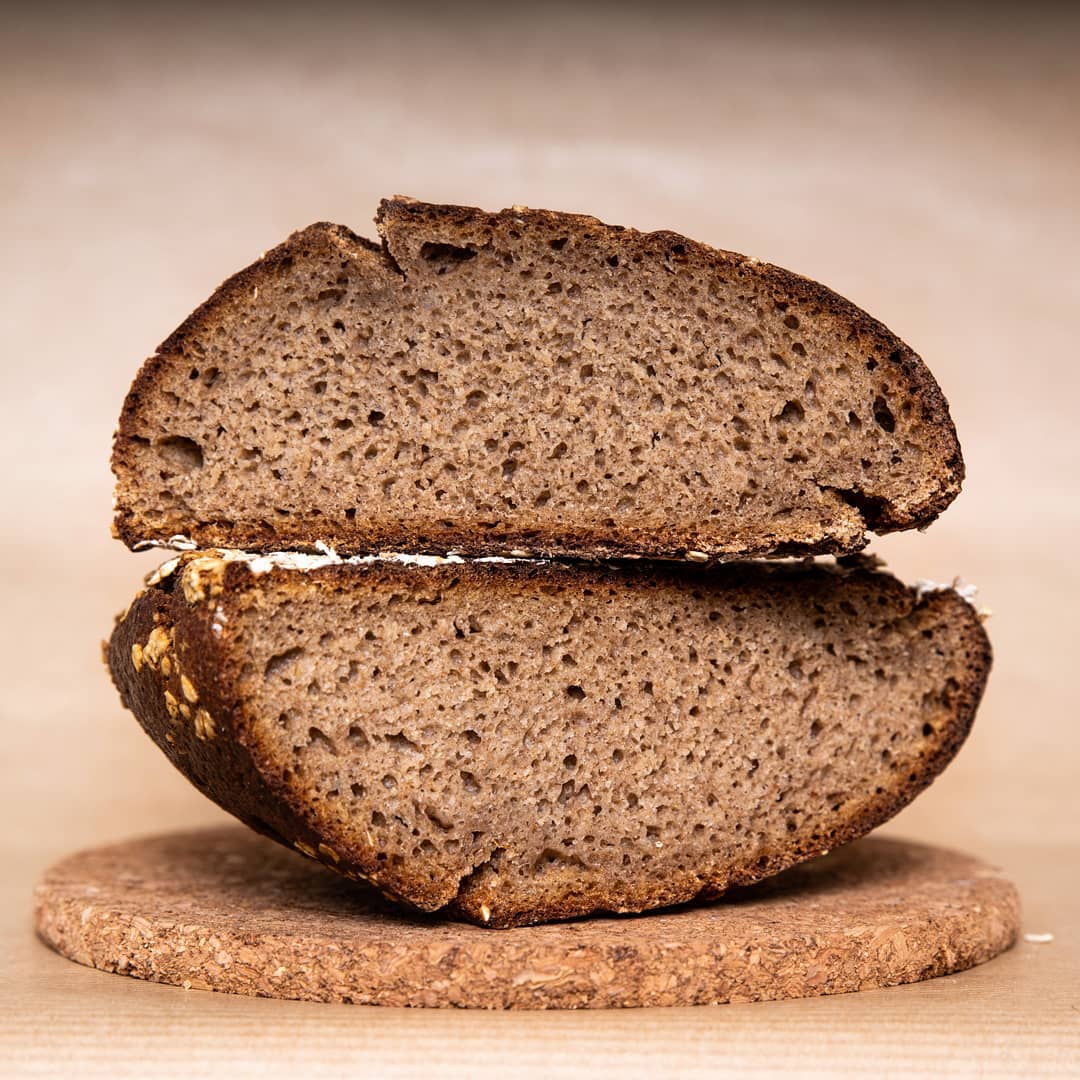I’m a noob with sourdough and I have been having a hard time getting information on how to maintain a consistent amount of starter. Is it generally appropriate to discard half and replace that half with fresh flour and water?
Related, is “discard” in any meaningful way different from the starter itself, or are the recipes for discard scones/crackers/whatever just labeled that because you aren’t using the starter for rise?


Good answer, although I wonder if we focus too much on the waste as being the flavor as opposed to the bacteria and yeasts. Do you have any idea how much of the mass of a ripe starter is actually bacteria and yeast as opposed to the lactic acid and whatever other bacteria and yeast pee is produced?
One thing is sure, dry yeast tastes excellent. It tastes so good that the food industry uses it on crisps and other addictive food :)
Well, I’ve never run across anything that breaks down starter that well. I’ve seen percentages of the microbes, broken down by species. And I’ve seen rough percentages for alcohol as a single component, but never a full breakdown.
But you can actually taste the microbes. The lactobacilli exist in other things. An active culture sour cream is going to develop a pool of liquid, and while it definitely has the acids that are the waste of them, it tastes different than if you have sour cream that has had the bacteria killed off. It’s a tad more umami, similar to the flake/nutritional yeast flavor.
But, when it comes to the taste of the bread or other products, it’s definitely the acids produced that give that classic sourdough flavor. Those acids when produced externally and added to a dough ends up tasting almost identical, if not as nuanced and deep. Lactic acid is a pretty distinct and strong flavor.
That being said, you can taste the yeast itself in most bread. Not just the booziness you sometimes get, but that cheesy, nutty goodness.
This article has a graph of the percentages of various microbes.